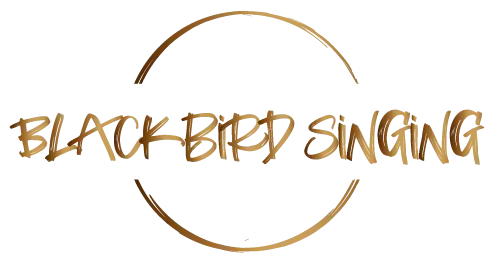Bipolar Disorder Art: How Creativity and Mental Health Intertwine
Art has long been a mirror of human emotions, capturing moments of joy, pain, and everything in between. For individuals living with bipolar disorder, art often becomes more than a hobby—it’s a lifeline, a form of self-expression, and sometimes, a path to healing.
In recent years, the relationship between bipolar disorder and art has gained more attention. Researchers, therapists, and artists themselves have started exploring how creative expression can reflect—and even support—mental health journeys.
Understanding Bipolar Disorder Through Art
Bipolar disorder is a mental health condition characterized by extreme mood shifts—ranging from manic highs to depressive lows. These shifts can be exhausting, confusing, and even isolating. Yet, they can also lead to unique perspectives and intense emotional depth.
Art offers a way to channel those complex emotions. Whether through painting, writing, music, or sculpture, creative work allows feelings to take shape outside the mind, transforming inner chaos into something tangible.
For many artists living with bipolar disorder, this process isn’t just therapeutic—it’s necessary.
The Emotional Spectrum in Bipolar Disorder Art
One of the striking features of art created by people with bipolar disorder is its emotional range.
- During manic phases, artwork might be bold, colorful, and full of rapid experimentation. The energy can feel electric, with projects started and completed in bursts of inspiration.
- During depressive phases, the work may shift to darker tones, slower rhythms, and themes of introspection or loss.
These cycles can give the artist’s body of work a dynamic quality—like visualizing the rise and fall of emotional tides.
Famous artists such as Vincent van Gogh and Edvard Munch are often discussed in this context, with their art reflecting the raw intensity of emotional shifts.
Art as Therapy for Bipolar Disorder
While art alone is not a cure for bipolar disorder, it can play a significant role in therapy and recovery. Creative expression can:
- Provide emotional release – Letting out feelings that are hard to put into words.
- Improve focus and grounding – Keeping the mind engaged in the present moment.
- Build self-awareness – Recognizing patterns in mood and behavior through one’s own creations.
- Boost self-esteem – Turning personal struggles into something meaningful.
Art therapy is now a recognized mental health support tool, often used alongside medication and counseling. For those with bipolar disorder, it offers a safe and constructive outlet for both manic energy and depressive stillness.
Bipolar Disorder Art in the Public Eye
Social media has allowed more artists with bipolar disorder to share their work publicly. Instagram, TikTok, and online galleries have become spaces where personal stories merge with creative expression.
This visibility does two important things:
- Raises awareness – Helping others understand bipolar disorder beyond stereotypes.
- Builds community – Connecting artists who might otherwise feel alone in their experiences.
Some exhibitions now specifically feature work by artists living with mental health conditions, creating platforms where the message is as powerful as the medium.
The Fine Line Between Inspiration and Strain
While art can be healing, it’s important to note that it can also become overwhelming. For some individuals in manic states, creative energy can spiral into exhaustion or risky behavior. Likewise, during depressive phases, creating might feel impossible.
The key is balance—working within one’s limits and seeking support when needed. Many artists with bipolar disorder benefit from structured routines, peer support, and professional therapy to help keep their creative process healthy.
Why Bipolar Disorder Art Matters
Art created through the lens of bipolar disorder challenges traditional ideas about mental health. It shows that living with this condition is not only about struggle—it can also be about resilience, beauty, and a deep appreciation for the full range of human emotion.
When audiences engage with bipolar disorder art, they gain more than an aesthetic experience—they gain empathy. The artwork becomes a bridge, allowing viewers to step into another person’s reality, even for a moment.
Final Thoughts
The intersection of bipolar disorder and art is a testament to the human spirit’s ability to transform difficulty into creation. For many, art is more than a coping mechanism—it’s a way to make sense of the world, to communicate without words, and to leave behind a legacy that speaks long after the moment has passed.
Whether in a private sketchbook or a public gallery, bipolar disorder art reminds us that even in the extremes of mood, there is room for beauty, honesty, and connection.

